Two decades. Twenty years. Two hundred and forty months. Seven thousand, three hundred and six days. They represent the period between Day 1 and today, October 28, 2022 – the to-the-day 20th anniversary of the formation of Pierson Wireless.
To most, 20 years represents an era, a significant period for any business to exist. That’s especially true in telecommunications, where the latest advancements in the technologies that propel the industry forward happen daily. The playing field is always evolving and the ability to stay relevant, much less maintain your status as an industry leader, is the challenge that drives the team at Pierson Wireless.
“The changes in technology in this industry have been tremendous,” said Ross Pierson, Founder and President of Pierson Wireless. “There are so many projects (the industry) couldn’t do in the past, we can do easily now. We would have people call us and say, ‘I want to be able to do this and I don’t care what it costs,’ and we’d say their use case was cool, and we would love to help, but it really wasn’t possible given the engineering limitations and other restrictions at the time. Today, it’s a completely different story.”

The frenetic, fast-paced nature of telecommunications will never slow, it will only accelerate. That makes the original business focus for Pierson Wireless remarkable, given all three areas of emphasis are as important to the business today as when they were first presented in the company’s Articles of Organization in 2002:
- Pierson Wireless’ business will relate to the enhancement and value-added uses of best-in-class wireless networks.
- Pierson Wireless will provide services related to the enhancement of current wireless networks through radio frequency amplifiers, distribution systems, and antennas.
- Pierson Wireless will engage in business that furthers the adoption of the wireless internet for enterprise uses.
“It’s pretty crazy that after 20 years, all those remain relevant to our business,” Pierson said. “The technology has changed, but those needs are still there.”
So how did Pierson Wireless get to where it is today, an Omaha-based, industry-leading telecommunication systems integrator, with expertise in cellular enhancement, private networks, public safety communication systems, design and engineering, professional monitoring services, and a national footprint with offices from California to North Carolina, and Texas to Minnesota?
Pierson notes that it all started with the search for a job after college in 2001. After applying to many wireless-focused companies around the country, and interviews with many of Omaha’s largest companies, Pierson pivoted to building a job for himself. It wasn’t long before Pierson took an interest in the telecommunications industry.
“I first became interested in the idea of (telecommunication system integration) because of early experience in construction trades, and the mobile devices that made working on job sites effectively possible,” Pierson said. “Qualcomm’s CDMA technology was beginning to accelerate its capabilities across the globe. The domestic telecom industry was adopting CDMA with Verizon, Sprint had their PCS network, and services like Globalstar and its low-orbit satellites and ground-based equipment seemed like a great solution to provide reliable and efficient communications for rural areas. It felt like that would become very important.
“In the process of learning more about wireless networks – and thinking that the rural challenge was the biggest challenge to be solved – my father suggested to me that I should maybe look into the in-building side of all of this. He had heard a gentleman from Boeing talk about placing an antenna in a vertical shaft fed by a repeater, and it worked great to solve in-building coverage issues. I was still interested in the rural piece of communications, but the in-building possibilities were intriguing. As it turns out, we’ve been doing that for quite a while.”
The formational years of the company were buoyed by a relationship with Gary Becker, a Chicago-based expert in the design and deployment of in-building systems, who had long-time relationships with carriers, and major customers, and he saw the same growth.
“At a manufacturer’s training session in 2002, I met Gary (Becker), who was really smart and had tons of past experience, and he had been doing this for three or four years. He was an IBM-trained engineer and fiber expert before operating a Chicago-based systems integrator ” Pierson said. “We were both pretty early into this repeater and DAS-based telecommunications space. We ended up working together. I’d go to Chicago to help and learn from him, and he’d come to Nebraska when we had a big enough job to justify him coming there. I was never really alone after the first year – I always had someone there to bounce things off.”
The fascination with providing cellular enhancement for in-building customers led Pierson to ask more questions, take more meetings, and attend telecommunications conferences looking for and discussing solutions, where a member of the network leadership team at Sprint helped put him in touch with engineers that accelerated the formation of Pierson Wireless.
“We had been working with local Sprint RF teams, educating them on our skill set and our capabilities in solving coverage issues,” Pierson said. “That led to an interest in our capabilities by the national Sprint teams. Eventually, there was a project where they felt Pierson Wireless had the expertise and initiative to take the lead. Sprint emailed me a contract at 10 am one morning, I printed and signed it on the drive to hand-deliver it to Sprint headquarters in Overland Park (Kansas) three hours later.”
The following week, Pierson Wireless received the order for its first Sprint cellular enhancement project on the campus of a major Omaha business.
“There had been a medical situation in an underground tunnel on a corporate campus, and there was a concern because the lack of wireless coverage in that area meant someone had to run upstairs to a desk phone during a time-sensitive emergency,” Pierson said. “Sprint committed to solving the problem and engaged us to make it happen. We did that job essentially for cost, pulling nearly ⅓-mile of cabling and deploying 13 antennas in the underground tunnels. We completed the work over the course of two weekends and one week of evening work. The system worked great, and I was both relieved and excited!”
Pierson points to that agreement and project as the point where the idea of Pierson Wireless became the reality of Pierson Wireless.
Pierson Wireless’ first office was in a basement in Lincoln, Nebraska. The technical shop was located in a barn a few miles away where the company stored parts and equipment. Pierson Wireless’ first shop and office building in Lincoln was acquired in 2005, and then in 2007, the business office relocated to nearby Omaha – into a larger basement.
“It was in that basement, and the later fully-converted office house in Omaha where the company’s national footprint began to take hold,” Pierson said. “It has been great to see the team grow together over the years. Many of the people involved in that time have continued to be key members of our team today.”
In 2005, Pierson Wireless began a key three-year period that brought Chad Meister (2005), Scott Kamrath (2006), and Ian Gartzke (2007) aboard as employees. They are the three longest-tenured hires of Pierson Wireless, and today they are joined by 20 other employees who have 10 or more years of experience with the company.
“In those early days, we all did everything,” Meister said. “It was hard work during the days, and we were on our computers at night.”
Kamrath recalls the exact circumstances around his first day on the job at Pierson Wireless.
“There was a big healthcare project going on … it was one of the first for Pierson Wireless,” Kamrath said. “And Ross asked me, ‘Do you want to get started with us and help me pull some cable tomorrow?’ I was like, ‘Man, Nebraska (football) has a home game tomorrow!’ But I was happy to do it and haven’t looked back since.
“Those early days were a lot of work, and we constantly traveled and were on the road for jobs. But that’s what made Pierson Wireless great. We all did everything, learned every angle of the business, and that philosophy is still present today.”
Through the years, one constant for Pierson Wireless has been its Nebraska roots and ongoing commitment to the state. The company called Lincoln home for its first five years of business and has been headquartered in Omaha since 2007. In 2016, Pierson Wireless moved into its first purpose-built facility, and that location is still the flagship office.
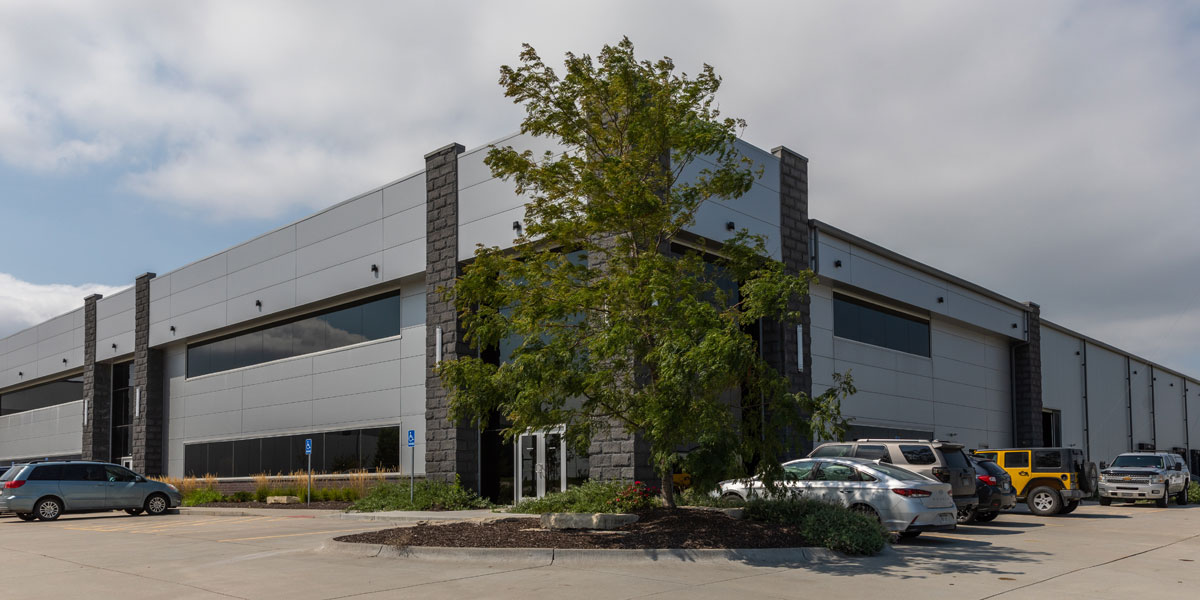
“The University of Nebraska was actually one of our first customers,” Pierson said. “We performed Wi-Fi designs for them and we marked locations for access points on the ceiling with Post-It notes.”
Anchored firmly in Nebraska, but acquiring work across the country, Pierson Wireless began an expansion, opening new offices and hiring a larger team to support the growth.
“We completed a major job with the Sprint Center in Kansas City in 2007, and we started taking on larger projects across the country,” Pierson said. “We started doing more work in Minnesota. I was driving between Minnesota and Kansas City overnight on a pretty regular basis supporting activities that required 100 percent success, which has always been our commitment. That was a time before mobile video conferencing was a thing, and there was no substitute for being there to manage a project. The drive was getting excessive. We were putting tons of miles on vehicles throughout the midwest while serving all customers out of Omaha.
“That’s when we understood we needed to evolve. We added an aviation department and a turbo-prop aircraft to support the growth and need to move our Nebraska-based team around the region as we grew these new markets. As opportunities became more stable, we expanded our office presence into Chicago, Kansas City, Minneapolis, Raleigh, Lansing, San Francisco, and New York. Those offices were all active by 2016. From there we added eight or so more to our current footprint.
“Nearly all of the growth has come from the internal development of team members or alignment with other industry veterans that recognize the capabilities and cultural advantages of the Pierson Wireless methods. We are very proud that our team attracts others with similar views and focuses, and that’s a key advantage of our team.”
Growing from 18 employees to 50 team members at that time was a new challenge for Pierson Wireless, but one the company embraced, with team members stepping up into new and advancing roles. The company had to adapt to the growth and change quickly, but the effort and results pointed the company in one direction – upward.
Today Pierson Wireless is comprised of around 100 full-time employees, with hundreds more suppliers, strategic partners, and contractors supporting company projects and adding to the company’s legacy of successful deployments and lasting relationships.
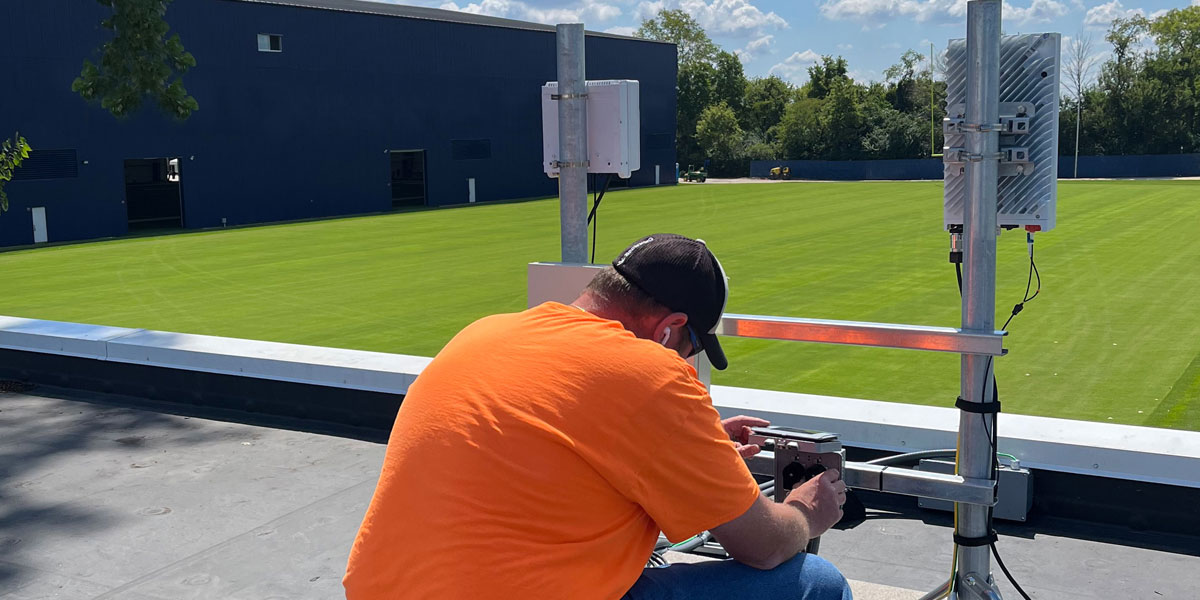
Other challenges have been more difficult, but there’s little debate about the most difficult situation of the last two decades – the global pandemic driven by the coronavirus outbreak of early 2020.
“We’re coming out of it now … no question about it,” Pierson said when noting the most challenging period. “What we went through as a country, an industry, and a company, there was nothing good about it. Not being able to get into jobs, customer uncertainty, navigating the healthcare requirements of our customers and looking out for our team, global supply chain issues, and employment shortages were all major obstacles.
“That being said, I’m proud of the way we worked through it, and how we kept focusing on our customers and their needs, as well as our team and the long-term opportunities in front of us. I’m extremely proud that Pierson Wireless didn’t lay off employees during that time. We’ve experienced a lot of growth through those challenges, and it’s a source of pride. We’re three times the company today, compared with where we were at the start of the pandemic.”
With 20 years under the company’s belt, growth in more directions than could have been predicted, and major challenges overcome, what lies next for Pierson Wireless?
“The coolest projects we’re doing today involve things that matter, and that’s fantastic,” Pierson said. “When we were growing, so many of the jobs just involved making people’s cell phones work better in their daily lives. There’s a huge demand for that and there’s nothing wrong with it, but the work today seems to be more meaningful. We’re heavily involved in public safety radio coverage, we’re doing tons of projects in hospitals and schools, and we’re connecting rural and remote areas … more of our work is helping society.”
Telecommunications innovation has made it possible for integrators like Pierson Wireless to deliver carrier-grade 5G network solutions to enterprise and government customers through private wireless networks. Ultimately the customer is receiving greater capabilities and benefits for a lower cost commitment than at any point in the history of telecommunications.
“I believe the coolest work we’re involved with is taking place in Alaska, in remote locations where were connecting an area of the world that is severely disconnected from the modern wireless world,” Pierson notes. “Anytime we can do what we’re doing there, in designing and deploying a private network in a rural or remote scenario and delivering connectivity on that scale … it’s meaningful, and I’m proud of our work in this space.”
And with that, Pierson Wireless has come full circle, from a curiosity about rural connectivity via low-orbit satellites, to delivering rural connectivity via its own set of industry-leading designs and solutions, sometimes even fed from satellites.
Congratulations on 20 incredible years, and on the many years of innovation to come.
|
|

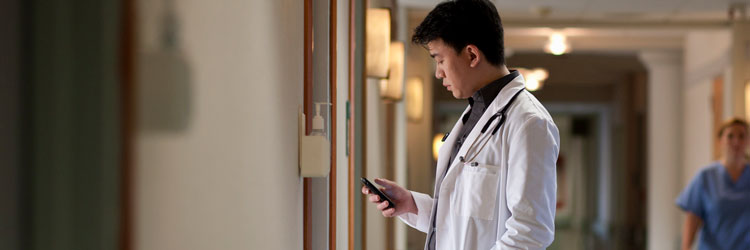
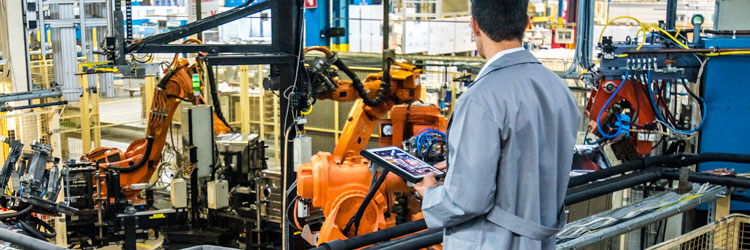

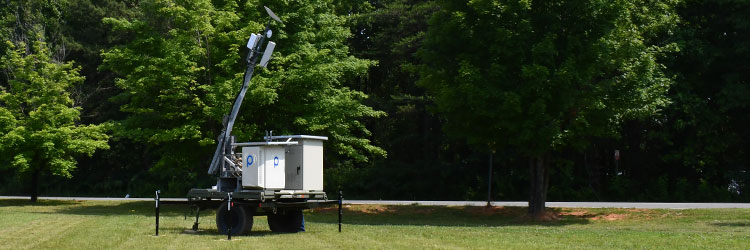



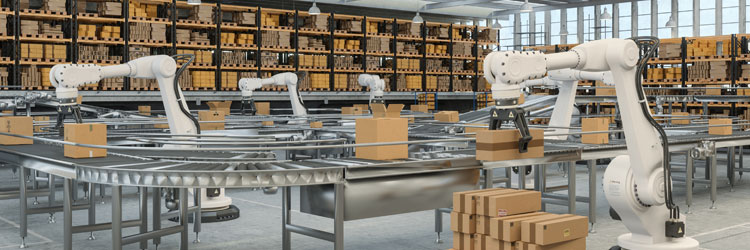

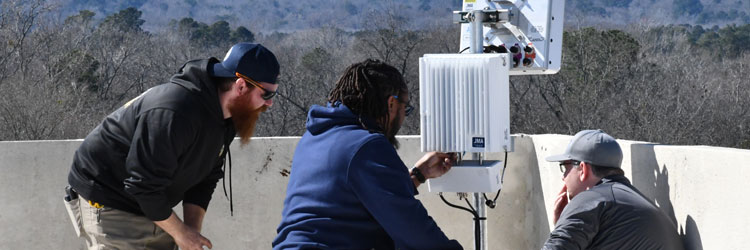
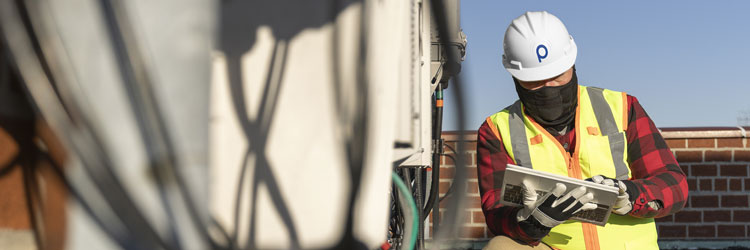

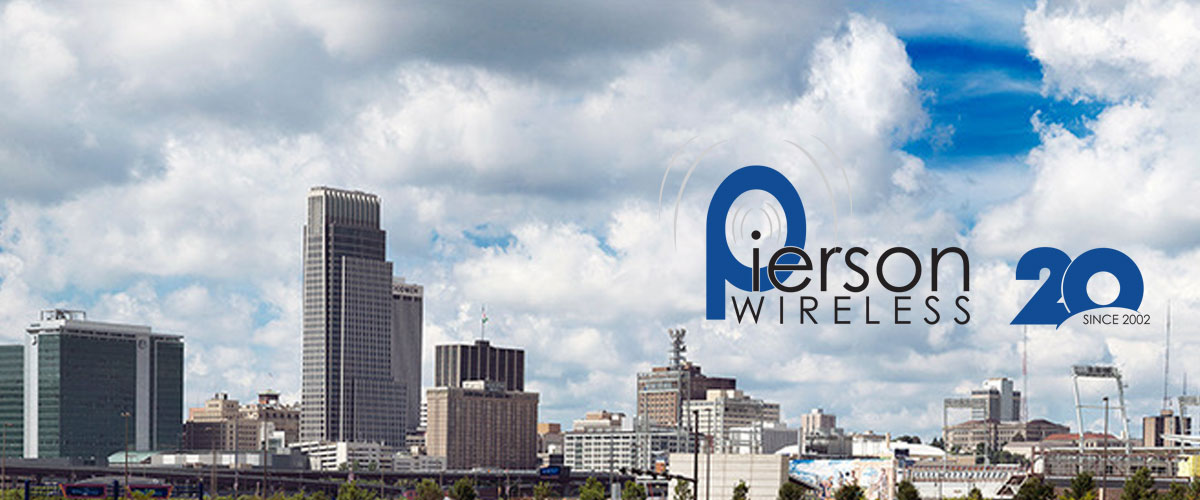
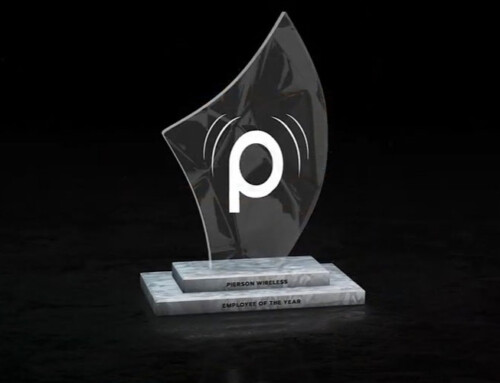
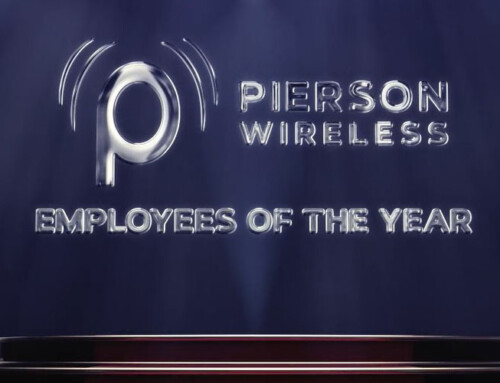
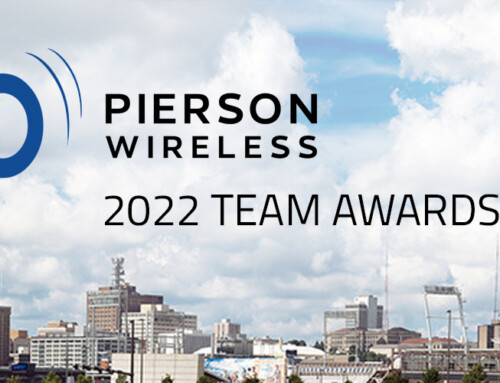
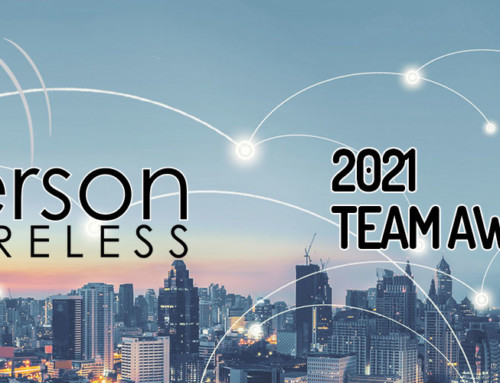

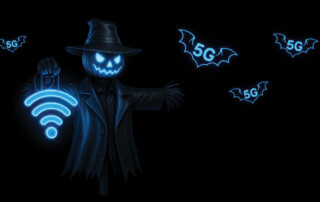
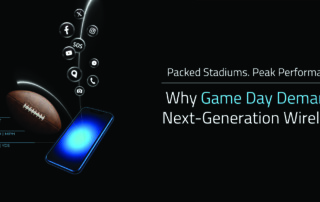

Leave A Comment